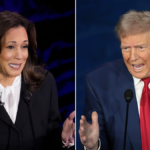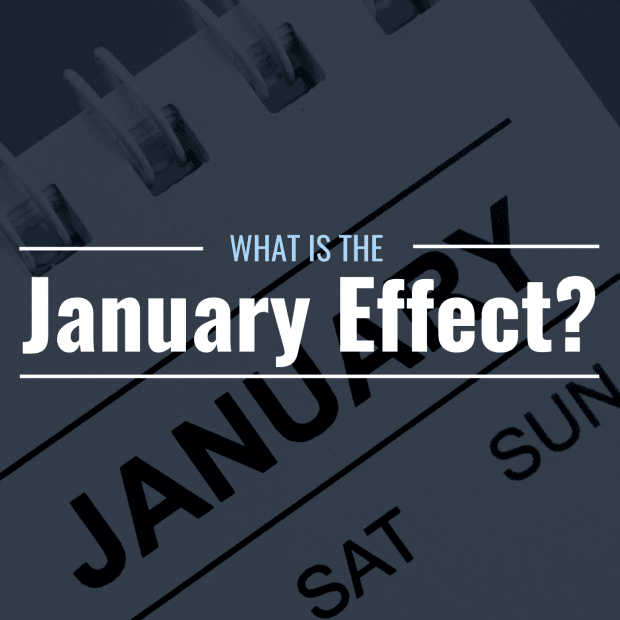TheStreet
When the calendar turns to January, some investors believe the market will rally.
View more by pearleye from GettyImages Signature
What Is the January Effect?
Does the stock market make New Year’s Resolutions? Looking closely at its performance in January, some investors might say yes.
That’s because some believe that an anomaly happens in the markets during the first month of the year. It’s when prices of small-cap stocks, in particular, having declined in late December, rise again in early January, spurring the name, the “January Effect.”
This, of course, would spell opportunity for investors. But is the January Effect real?
What Are the Origins of the January Effect?
The January Effect was first noticed by an investment banker named Sidney B. Watchel in 1942. Watchel observed that, since 1925, small-cap stocks not only tended to rise in January, but they also had consistently outperformed large-caps that month.
Other studies confirmed the phenomenon. One study, which accounted for a 70-year stretch of market performance between 1904 and 1974, concluded that small-cap stock returns were five times greater than average in January. Small caps were particularly affected because they were characterized as having less liquidity than mid-cap or large-cap stocks, thus in the event that investors bought or sold shares en masse, their price swings would be quite dramatic.
Another study by Salomon Smith Barney examined more contemporary stock market performance between 1972 and 2000. It found that small caps (as measured by the Russell 2000 Index) still outperformed large caps (as measured by the Russell 1000 Index) in January, but by a much smaller margin—just 0.82%.
Many believe that once the January Effect became widely known, the market simply adjusted to it, and it all but disappeared.
4 Possible Causes of the January Effect
There are several possible explanations for the January Effect, including the following.
Tax-Loss Harvesting
In the past, individual investors or traders would sell losing stocks before December 31 so that they could claim capital losses and significantly reduce their taxable income. Then in January, they would actually buy back the stock in anticipation of future growth. With the advent of tax-sheltered retirement accounts like IRAs and 401(k)s, however, this practice has become much less common.
Window Dressing
“Window dressing” is a practice performed by institutional investors, such as mutual fund managers. It involves buying more shares of top-performing stocks and eliminating the losers by December 31 in order to make their year-end reports look attractive. How can this affect the markets? When these big traders dump their shares, they cause stock prices to decline. This, in turn, can inspire other investors to get in at a discount, thus pushing prices higher in January.
Year-End Bonuses
Year-end bonuses are yet another possible reason behind the January Effect, as employees might simply be surprised to receive extra income at the end of the year and decide to invest it in January.
Investor Sentiment
Perhaps one of the best explanations behind the January Effect could simply be investor sentiment: As a new year begins, investors are more optimistic about the future—and their buying patterns at the beginning of the year versus its end may demonstrate as much.
After all, economist John Maynard Keynes famously coined the phrase “animal spirits” to describe the herd mentality that investors often assume. When magnified millions of times for every investor trading the markets, emotion can actually fuel bubbles, rallies, sell-offs, and even capitulation.
Critiques of the January Effect
The January Effect is highly debated. For one, calendar-based fluctuations like the January Effect could be a sign of an inefficient market, indicating that investors are selling or buying stocks based on external concerns rather than the companies’ underlying fundamentals.
Other market theorists argue that modern markets work too efficiently for the January Effect to significantly impact trading, as investors would anticipate this effect and would then buy stocks as other investors offloaded them in December, effectively canceling each other out.
Still another famous investor, Burton Malkiel, author of A Random Walk Down Wall Street, believes that the January Effect does not provide investors with meaningful opportunities for profit-making because of the fact that the very small gains modern investors might see basically get erased by the transaction costs involved in placing said trades.
So, Is the January Effect Real? Or Is It More Like Santa Claus and the Easter Bunny?
The truth seems to be somewhere in the middle. While the January Effect no longer appears as pronounced as it was in the mid-20th century when it was written about, some data still supports the idea of a December/January fluctuation. Exactly how and when investors act upon this information may make all the difference.
Author Profile
Latest entries
 ScienceSeptember 16, 2024There’s a surprising link between body temp and animal diets
ScienceSeptember 16, 2024There’s a surprising link between body temp and animal diets HeadlinesSeptember 16, 202457 days: Kamala Harris has yet to do formal press conference since emerging as Democratic nominee
HeadlinesSeptember 16, 202457 days: Kamala Harris has yet to do formal press conference since emerging as Democratic nominee ScienceSeptember 16, 2024Super flexible probes more accurately record brain activity
ScienceSeptember 16, 2024Super flexible probes more accurately record brain activity HeadlinesSeptember 16, 2024Lawmakers request briefing with Secret Service on second attempted assassination on Trump
HeadlinesSeptember 16, 2024Lawmakers request briefing with Secret Service on second attempted assassination on Trump

